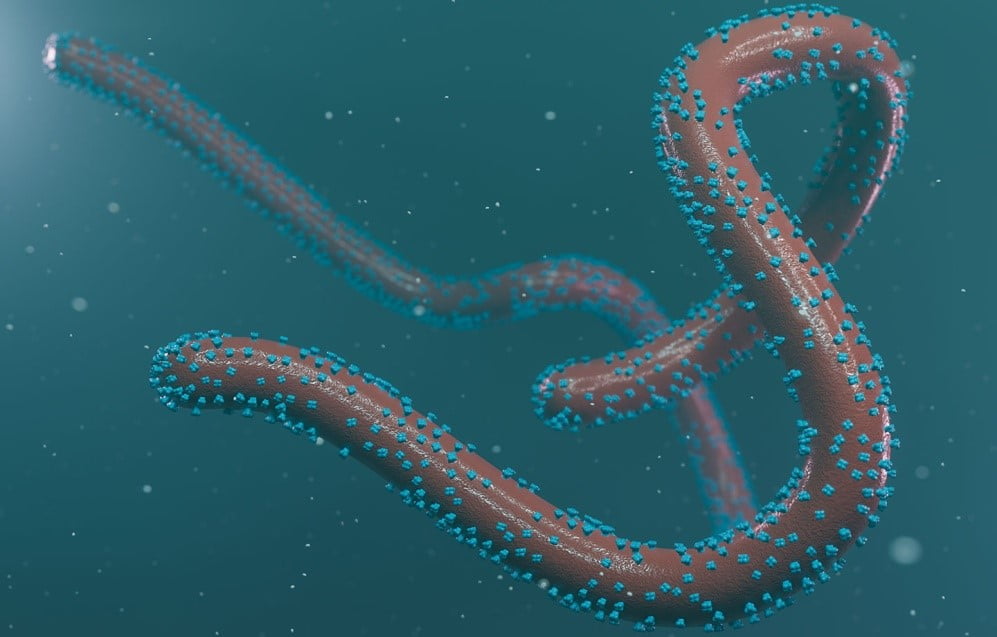Science and Technology
In News: The first two cases of the Marburg virus, a highly infectious Ebola-like disease, have been confirmed officially by Ghana.
- Two deaths have been reported till now.
- This outbreak is only the second time that the disease has been detected in West Africa.
Marburg virus disease
- Marburg virus disease (MVD), earlier known as Marburg haemorrhagic fever, is a severe, often fatal hemorrhagic fever.
- Marburg, like Ebola, is a filovirus; and both diseases are clinically similar.
- Rousettus aegyptiacus, fruit bats of the Pteropodidae family, are considered to be natural hosts of Marburg virus.

- The Marburg virus is transmitted to people from fruit bats and spreads among humans through human-to-human transmission.
- The disease has an average fatality rate of around 50%. However, it can be as low as 24% or as high as 88% depending on virus strain and case management
- African green monkeys imported from Uganda were the source of the first human infection, the WHO points out.
- It was first detected in 1967 after simultaneous outbreaks in Marburg and Frankfurt in Germany; and in Belgrade, Serbia.
Symptoms of MVD
- After the onset of symptoms, which can begin anytime between 2 to 21 days, MVD can manifest itself in the form of high fever, muscle aches and severe headache.
- Patients report abdominal pain, vomiting, severe watery diarrhoea and cramping.
- In this phase, the appearance of patients has been often described as “ghost-like” with deep-set eyes, expressionless faces, and extreme lethargy.
- After some time patients report bleeding from nose, gums and blood appearing in vomits and faeces.
- Severe blood loss leads to death, often between 8 to 9 days after symptoms begin.
Transmission
- Initially, human MVD infection results from prolonged exposure to mines or caves inhabited by Rousettus bat colonies.
- Marburg spreads through human-to-human transmission via direct contact (through broken skin or mucous membranes) with the blood, secretions, organs or other bodily fluids of infected people, and with surfaces and materials (e.g. bedding, clothing) contaminated with these fluids.
- People remain infectious as long as their blood contains the virus.
Treatment
- There is no approved antiviral treatment or vaccine for MVD as of now.
- It can be managed with supportive care.
- According to the WHO, rehydration with oral or intravenous fluids and treatment of specific symptoms can help prevent death.
Source: Indian Express
Previous Year Question
Q.1) Which one of the following statements is not correct? (2019)
- Hepatitis B virus is transmitted much like HIV.
- Hepatitis B. unlike Hepatitis C, does not have a vaccine.
- Globally, the number of people infected with Hepatitis B and C viruses arc several times more than those infected with HIV.
- Some of those infected with Hepatitis B and C viruses do not show the symptoms for many years.












